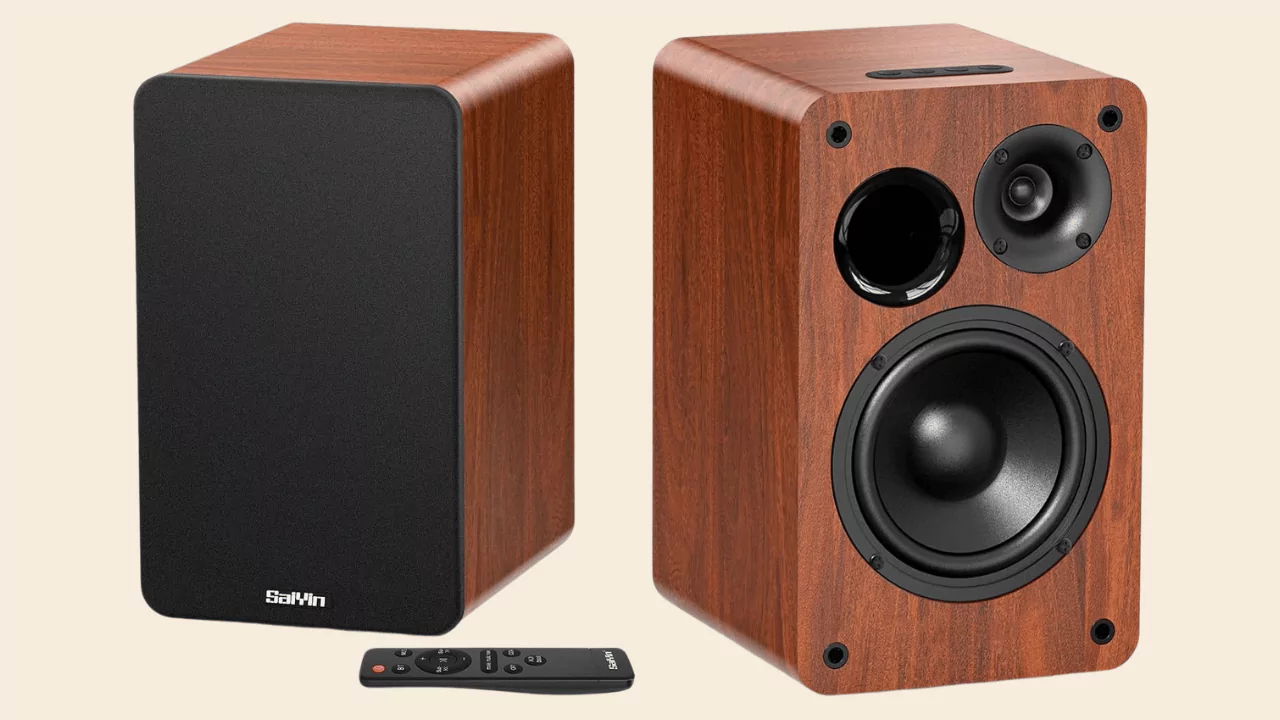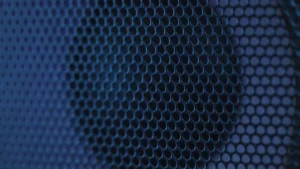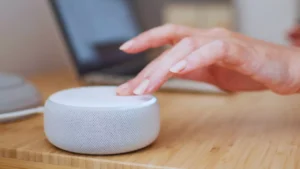If you want to enhance the bass performance of your bookshelf speakers, you can connect a subwoofer to them. A subwoofer is a speaker that specializes in reproducing low-frequency sounds, such as bass and drums. By adding a subwoofer to your bookshelf speakers, you can create a more balanced and immersive sound experience.
In this article, we will show you how to connect a subwoofer to bookshelf speakers in five easy steps. We will also answer some common questions and concerns that you may have about this process. Let’s get started!
In This Article:
Steps for Connecting a Subwoofer to Bookshelf Speakers
1. Determine the Low-frequency Range of your Bookshelf Speakers
The first step is to find out the low-frequency range of your bookshelf speakers. This is the range of frequencies that your speakers can produce, measured in hertz (Hz). You can usually find this information in the specifications of your speakers, or on the manufacturer’s website.
The low-frequency range of your bookshelf speakers will help you determine the optimal crossover setting for your subwoofer. The crossover setting is the frequency at which the subwoofer takes over from the speakers, and vice versa. Ideally, you want to set the crossover at the point where your speakers start to lose their bass output so that there is no overlap or gap between the two.
For example, if your bookshelf speakers have a low-frequency range of 60 Hz, you can set the crossover at 60 Hz or slightly higher. This way, the subwoofer will handle the frequencies below 60 Hz, and the speakers will handle the frequencies above 60 Hz.
2. Purchase a Suitable Subwoofer
The next step is to buy a subwoofer that matches your bookshelf speakers and your amplifier. There are two main types of subwoofers: active and passive. Active subwoofers have their own built-in amplifiers, while passive subwoofers rely on external amplifiers.
If you have an amplifier that has a dedicated subwoofer output, you can use either an active or a passive subwoofer. However, if your amplifier does not have a subwoofer output, you will need to use an active subwoofer, as it can receive the signal from the speaker outputs of your amplifier.
Another factor to consider is the size and power of the subwoofer. Generally, the larger and more powerful the subwoofer, the deeper and louder the bass. However, you also need to consider the size of your room and your personal preference. You want to make sure your bookshelf speakers and your neighbors are comfortable with enough bass.
3. Connect the Subwoofer to the Bookshelf Speakers
The third step is to connect the subwoofer to the bookshelf speakers. There are two ways to do this, depending on the type of subwoofer and amplifier you have.
- If you have an active subwoofer and an amplifier with a subwoofer output, you can use a single RCA cable to connect the subwoofer output of your amplifier to the line input of your subwoofer. This is the simplest and most common method of connecting a subwoofer to bookshelf speakers.
- If you have an active subwoofer and an amplifier without a subwoofer output, you can use a speaker wire to connect the speaker outputs of your amplifier to the speaker inputs of your subwoofer. Then, you can use another pair of speaker wires to connect the speaker outputs of your subwoofer to the speaker inputs of your bookshelf speakers. This method allows the subwoofer to receive the full-range signal from your amplifier, and filter out the low frequencies for itself and the high frequencies for your speakers.
4. Connect the Subwoofer to the Amplifier
The fourth step is to connect the subwoofer to the amplifier. This step is only necessary if you have a passive subwoofer, as it does not have its own amplifier. You will need to use a speaker wire to connect the subwoofer output of your amplifier to the subwoofer input of your subwoofer. This way, the subwoofer will receive the power and the signal from your amplifier.
5. Adjust the Crossover Setting
Finally, tweak the crossover setting on your subwoofer. This is the frequency at which the subwoofer and the bookshelf speakers divide the sound spectrum. You can usually find a knob or a switch on the back of your subwoofer that allows you to adjust the crossover setting.
As mentioned earlier, the optimal crossover setting depends on the low-frequency range of your bookshelf speakers. You want to set the crossover at the point where your speakers start to lose their bass output so that there is no overlap or gap between the two. A good rule of thumb is to set the crossover at 10 Hz above the low-frequency range of your speakers.
For example, if your bookshelf speakers have a low-frequency range of 60 Hz, you can set the crossover at 70 Hz. You can also experiment with different crossover settings until you find the one that sounds the best to you.
Common Questions and Concerns
Here are some common questions and concerns that you may have about connecting a subwoofer to bookshelf speakers:
Do I need an amplifier for my subwoofer?
Yes, depending on the sort of subwoofer you have, you may or may not need an amplifier. An active subwoofer with a built-in amplifier eliminates the need for an external one. A passive subwoofer, on the other hand, needs an additional amplifier to function. Therefore, the presence or absence of an amplifier hinges on whether your subwoofer is active or passive.
How can I tell whether my bookshelf speakers and subwoofer are compatible?
Two main factors determine the compatibility of your subwoofer and your bookshelf speakers: the impedance and the sensitivity. The impedance is the resistance of the speaker to the electric current, measured in ohms. The sensitivity is the loudness of the speaker at a given power level, measured in decibels (dB).
You want to make sure that the impedance and the sensitivity of your subwoofer and your bookshelf speakers are similar, or at least within a reasonable range. This will ensure that your subwoofer and your speakers work well together and that your amplifier can drive them without any issues.
A good rule of thumb is to match the impedance of your subwoofer and your speakers or to choose a subwoofer with a slightly lower impedance than your speakers. For example, if your speakers have an impedance of 8 ohms, you can choose a subwoofer with an impedance of 8 ohms or 6 ohms. You also want to choose a subwoofer with a similar or slightly higher sensitivity than your speakers. For example, if your speakers have a sensitivity of 88 dB, you can choose a subwoofer with a sensitivity of 88 dB or 90 dB.
What type of cable and speaker wire do I need for the connection?
The type of cable and speaker wire you need for the connection depends on the type of subwoofer and amplifier you have. Here are some common scenarios and the corresponding cables and wires you need:
- If you have an active subwoofer and an amplifier with a subwoofer output, you need a single RCA cable to connect the subwoofer output of your amplifier to the line input of your subwoofer.
- If you have an active subwoofer and an amplifier without a subwoofer output, you need a speaker wire to connect the speaker outputs of your amplifier to the speaker inputs of your subwoofer, and another pair of speaker wires to connect the speaker outputs of your subwoofer to the speaker inputs of your bookshelf speakers.
- If you have a passive subwoofer and an amplifier with a subwoofer output, you need a speaker wire to connect the subwoofer output of your amplifier to the subwoofer input of your subwoofer, and another pair of speaker wires to connect the speaker outputs of your amplifier to the speaker inputs of your bookshelf speakers.
- If you have a passive subwoofer and an amplifier without a subwoofer output, you need a speaker wire to connect the speaker outputs of your amplifier to the speaker inputs of your subwoofer, and another pair of speaker wires to connect the speaker outputs of your subwoofer to the speaker inputs of your bookshelf speakers.





